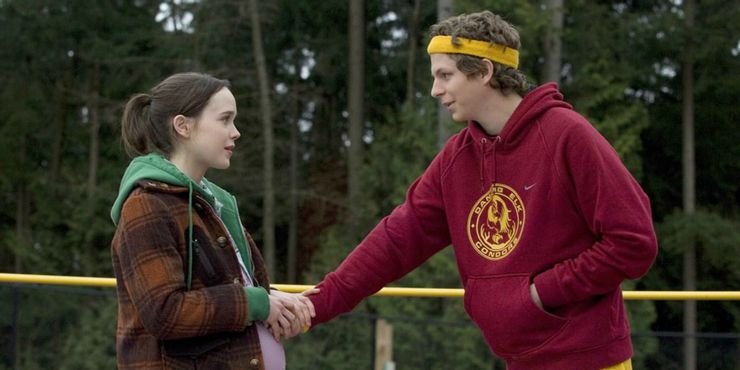The 180 Degree Screenwriting Rule: When You’re Stuck In A Scene, Do The Opposite
When a scene isn’t working in a screenplay, it’s usually because you don’t know what the conflict is. Or you don’t have enough of it.
But if you’ve identified the conflict and the scene still isn’t playing, there’s a trick that can help you find a new angle. It’s called the 180-degree rule. Here’s how it works:
The 180-Degree Rule: When You’re Stuck In A Scene, Do The Opposite.
The 180-degree rule in screenwriting means that if a scene isn’t working, try doing the opposite of what you think you should do.
For example, you could swap character lines and give them to the other person, or try switching their point of view. You could try giving the scene the opposite emotional value - go from a positive opening with a negative turn to a negative opening with a positive turn. Or you could have your characters take the opposite action. If it’s a kiss, make it a slap. If it’s to lie, make the character tell the truth instead and see how that changes things.
In one of our screenplays, Tara and I found that making our main character tell the truth in a scene where she had previously lied let us get deeper into the b-story conflict earlier in the screenplay. This simultaneously made the scene better and had a ripple effect on the rest of the movie. Suddenly, we could go to places with their relationship in the second and third acts that we couldn’t before. One small change meant big opportunities.
Here’s Lew Hunter talking about the power of this rule in his book, Lew Hunter's Screenwriting 434:
“Then I recalled a Phil Saltzman thought I have used again and again before and since. ‘Take the obvious and turn it 180 degrees’… Sometimes the 180-degree turn is wrong for your character, so you’ll discard that concept. But often it’ll be a major trick worth turning.”
It won’t always work. If your character needs to lie in the scene for your plot to play, then they can’t just tell the truth. But it’s still worth trying because if you can come up with an action or reveal that surprises you, it will probably surprise the audience. And that’s always good.
So take the obvious and turn it on its head. Be like George Costanza: do the opposite.
Make Your Characters Original By Inverting The Stereotype.
The 180-degree rule works for characters too. If you think your character is becoming a stereotype, turn them into the opposite. Make the all-star jock a kind, honest, loyal teammate instead of a shallow bastard. Or make the pretty blonde girl wicked smart, warm and inviting. And make the demur, quiet character a party animal after hours. Do the opposite of what we expect and what we’ve seen in movies.
Here’s Richard Walter writing about how to create original characters in his book, Essentials of Screenwriting:
“How does a writer create worthwhile characters? First, by making them different from—not the same as—everybody else we see in movies. One useful technique is simply to imagine the most familiar stereotype and then present its exact opposite… Avoid, lose, and eschew types. Instead, turn them upside down.”
Mindy Kaling does this really well in her series The Sex Lives Of College Girls. The blonde bombshell turns out to be a closeted lesbian. The stereotypical “geeky” Indian girl loves to party, and the homely-looking girl gets the boy. And the show is so good because of it. You never know what to expect, and it’s full of character surprises that keep you guessing. And that’s good writing.
So, if you’re stuck, do the opposite. “If every instinct you have is wrong, then the opposite would have to be right.”
Keep going and keep writing.
—
ARTICLE SOURCES
Essentials of Screenwriting: The Art, Craft, And Business of Film and Television Writing, by Richard Walter
Lew Hunter's Screenwriting 434: The Industry's Premier Teacher Reveals the Secrets of the Successful Screenplay, By Lew Hunter






